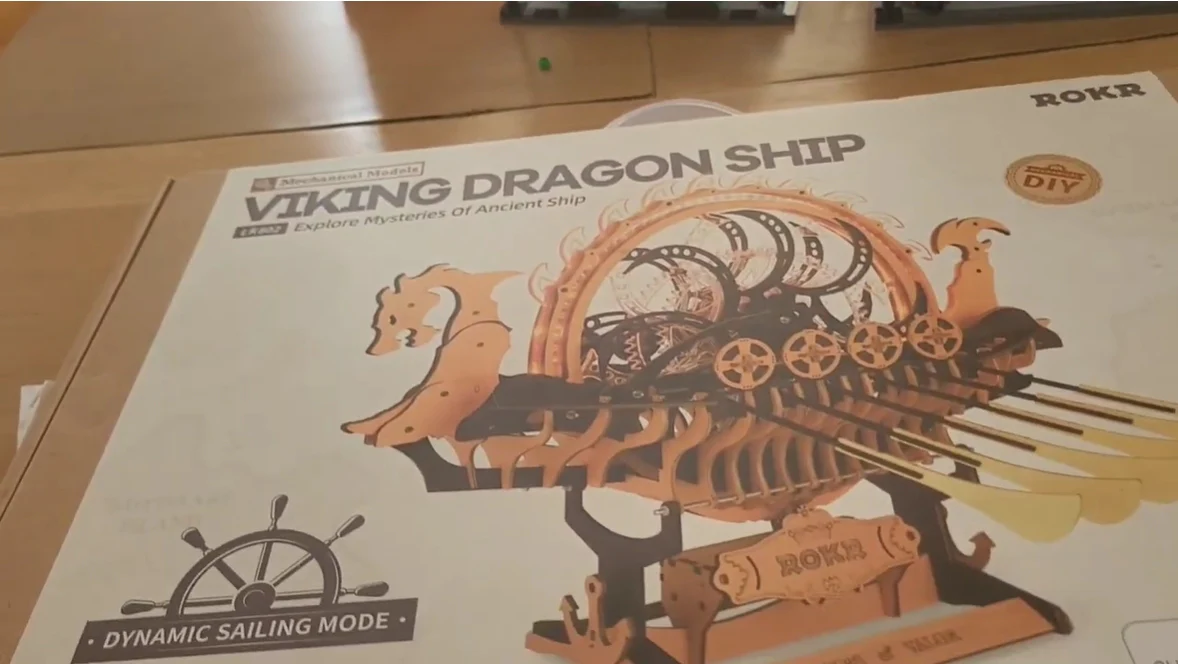To anyone who loves books, seeing tiny, fantastical views of a magical forest, a cozy café, or a bustling city street within the shelves is a dream come true. That’s what a book nook does. It brings bookshelves to life by adding a touch of creativity and charm to any reading space.
A book nook, also called a bookshelf insert, is a miniature diorama that sits between books and creates the illusion of a hidden world tucked between your favorite volumes.
It’s not just a beautiful display but a way to personalize your space using themes that inspire you.
While some come pre-assembled, most book nooks are DIY, catering to crafters and hobbyists. Building them can be a therapeutic activity, allowing you to explore new skills and enjoy the satisfaction of creating something intricate, unique, and intriguing.
To begin building your book nook, you will need some essential tools. These will ensure your project turns out beautifully each and every time. We say that because we know once you start, you won’t stop at just one.
Precision Cutting Tools

A quality hobby knife or precision cutter is essential for building book nook kits made from wood, foam board, or plastic. It helps you cut intricate shapes and details accurately, especially when you want to avoid damaging smaller pieces. Since you’re slicing, pair it with a good cutting mat that will protect your work surface and ensure clean, smooth-edged parts. You may also want a metal ruler for more accurate edges.
Glue and Adhesives

Not all book nook kits require adhesives, but when they do, high-quality glue is a must-have. You may need tacky glue for paper and wood, as well as super glue for plastics and tiny parts. Tweezers will help you avoid accidentally sticking your fingers together (yikes!), but they mainly help you carefully place tiny pieces with precision.
More tips of using glue, visit the best glue for miniatures
Clamps and Fasteners
When using tacky glue, you’ll need clamps or small binder clips to hold pieces together while the glue dries. They help keep the pieces aligned and prevent shifting or falling apart.
Sanding Tools

Not all your edges will be fine and smooth, so you’ll need small files or sanding sticks to fine-tune wooden or plastic components. This is key to avoiding snags so all parts fit perfectly. Larger pieces may require fine-grit sandpaper for a professional-looking finish.
Paint and Brushes
If your assembly is looking a little lackluster, a splash of color makes a world of difference. Keep a variety of paintbrushes in different sizes handy. Tiny portions will require detail brushes, while larger sections, such as backgrounds, will do well with broader brushes. Acrylic paints are the typical medium of choice, and you’ll need a palette and water for mixing colors and cleaning brushes.

Note: some book nook kits come pre-colored and will only need assembling.
Lighting Kits
Incorporating LED lights can make any book nook stand out with an enchanting glow. You can purchase pre-wired miniature lighting kits to keep it simple or design the lighting system yourself with LED bulbs, strips, or miniature fairy lights. You’ll need a basic soldering kit and thin wires long enough to reach your power source.
Here’s an idea: with LED lights, you can place your book nook on your nightstand and use it as a night light!
Making A Book Nook From Scratch
Feeling daring? Building a book nook from scratch will truly reflect your personality and style. For this, you will need to plan out your structure and sketch your design as you won’t have a guide or instruction manual to refer to.
Start with a sturdy base like wood, cardboard, or foam board to provide structure. Materials for other parts may be cardstock or lightweight plastic for the background, along with repurposed items like fabric, paper, buttons, miniature toys and characters, and even natural elements such as twigs and tiny pebbles, which can act as accessories. A good pair of scissors and a hot glue gun will be essential tools in your arsenal, allowing you to bring your vision to life.
Duration and Difficulty
The time it takes to complete a kit will vary in its complexity and the builder’s experience. Difficulty is usually indicated on the kit’s box, so it might be wise to start with easier kits if you’re only beginning the hobby. Simpler kits with pre-colored and pre-cut pieces can typically be completed in about 3 to 6 hours.
Over time, you’ll gain confidence and skill which will help you tackle more intricate book nooks that require 8 to 12 hours of focus. These might test your patience and problem-solving abilities more, as they may require painting and wiring. If you’re feeling more adventurous, you may have to spend 15 hours or more on an extensive set or your original diorama, breaking down sessions into more manageable blocks of free time. Ultimately, the satisfaction, joy, and rewarding feeling are worth the experience.
Regardless of difficulty, you should enjoy the crafting experience at your own pace. Remember, it’s about the journey as much as it is the destination!
The Best Book Nooks

Take your crafting to the next level with pre-designed book nook kits from Robotime. Each kit includes all the essential tools and materials to build a captivating miniature scene perfect for display. With precision-cut parts that snap into place, they’re ideal for beginners, hobbyists, and more advanced enthusiasts looking for wonderful designs with the freedom to customize. Whether you prefer a whimsical street scene, a mysterious fantasy realm, or famous places you’ve visited, Rolife book nooks offer a fantastic way to immerse yourself in this rewarding and educational hobby.
















1 comentario
I have just completed my first kit and I loved it, so much so i have just bought another 2.
Angela Sloan
Dejar un comentario
Este sitio está protegido por hCaptcha y se aplican la Política de privacidad de hCaptcha y los Términos del servicio.